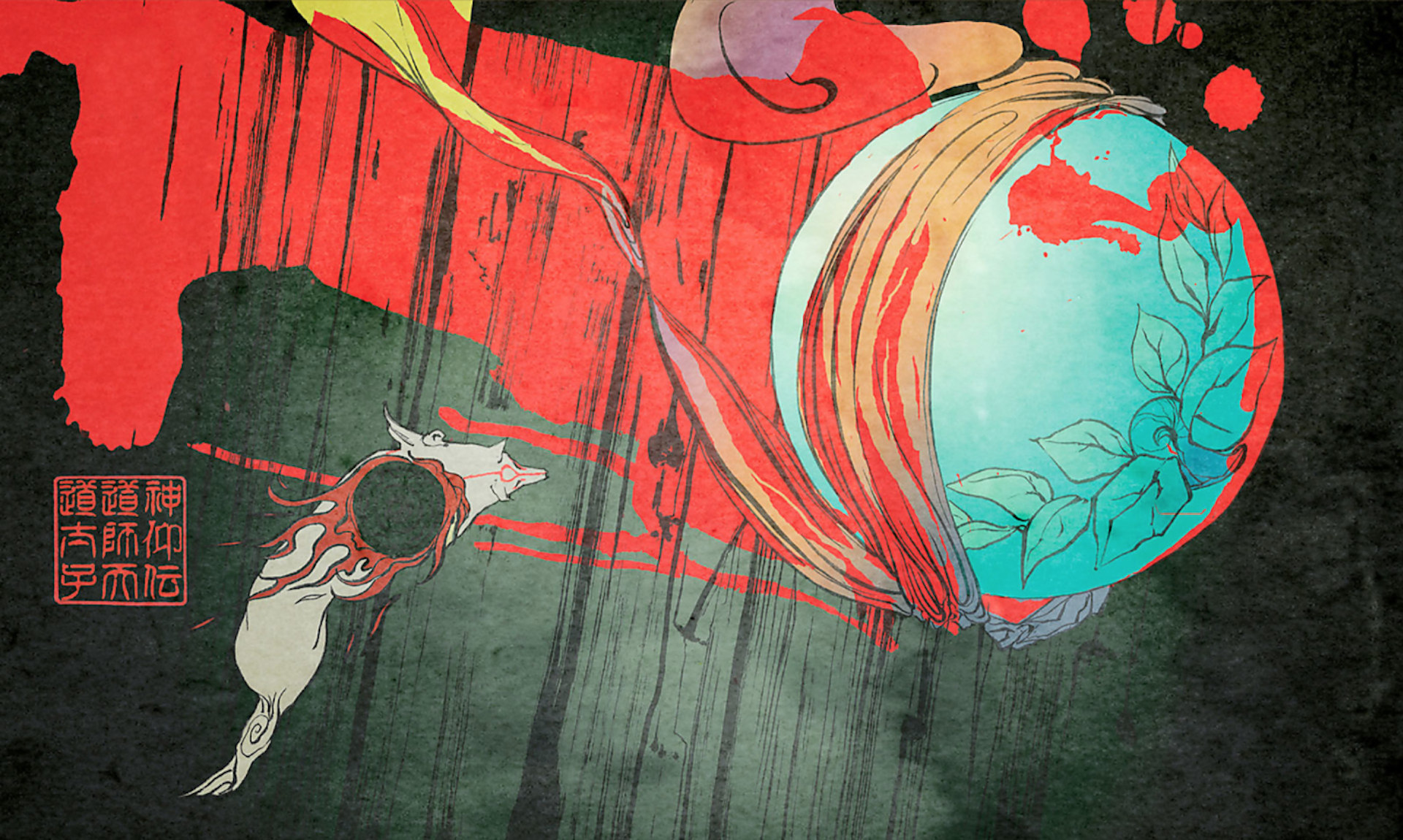This is part two in a larger series of articles on Video Game Art Collecting. In this series we will cover:
Part 1. Why You Should Collect Video Game Art
Part 2. What's It Worth? Value Development In Video Game Art
Part 3: Art Printing Styles and Material Conditions
In Part 1 we explored some of the reasons to collect video game art. We also looked into interesting parallels we see in other pop cultural fields where collecting recently took off - vintage movie posters, comic books and pop culture statues. All have seen the rise of a sizable collectors' market, which begs the question: will video game art see the same kind of development? Is video game art something worth investing in? And how do you judge value, when the object of collecting is something as omnipresent as a video game?
The value of art
What is the proper price for a piece of art? This age-old question is as true for a Van Gogh as it is for a concept art print of Dishonored 2. Both are material expressions of ideas and moods, displayed on a two-dimensional canvas, and sold in exchange for money. How much? If you're familiar with Van Gogh's biography, you know selling his paintings didn't exactly stuff his pockets. And yet, 130-odd years after his death, even his lesser work is valued at millions of dollars. How come?
Part 1. Why You Should Collect Video Game Art
Part 2. What's It Worth? Value Development In Video Game Art
Part 3: Art Printing Styles and Material Conditions
In Part 1 we explored some of the reasons to collect video game art. We also looked into interesting parallels we see in other pop cultural fields where collecting recently took off - vintage movie posters, comic books and pop culture statues. All have seen the rise of a sizable collectors' market, which begs the question: will video game art see the same kind of development? Is video game art something worth investing in? And how do you judge value, when the object of collecting is something as omnipresent as a video game?
The value of art
What is the proper price for a piece of art? This age-old question is as true for a Van Gogh as it is for a concept art print of Dishonored 2. Both are material expressions of ideas and moods, displayed on a two-dimensional canvas, and sold in exchange for money. How much? If you're familiar with Van Gogh's biography, you know selling his paintings didn't exactly stuff his pockets. And yet, 130-odd years after his death, even his lesser work is valued at millions of dollars. How come?



